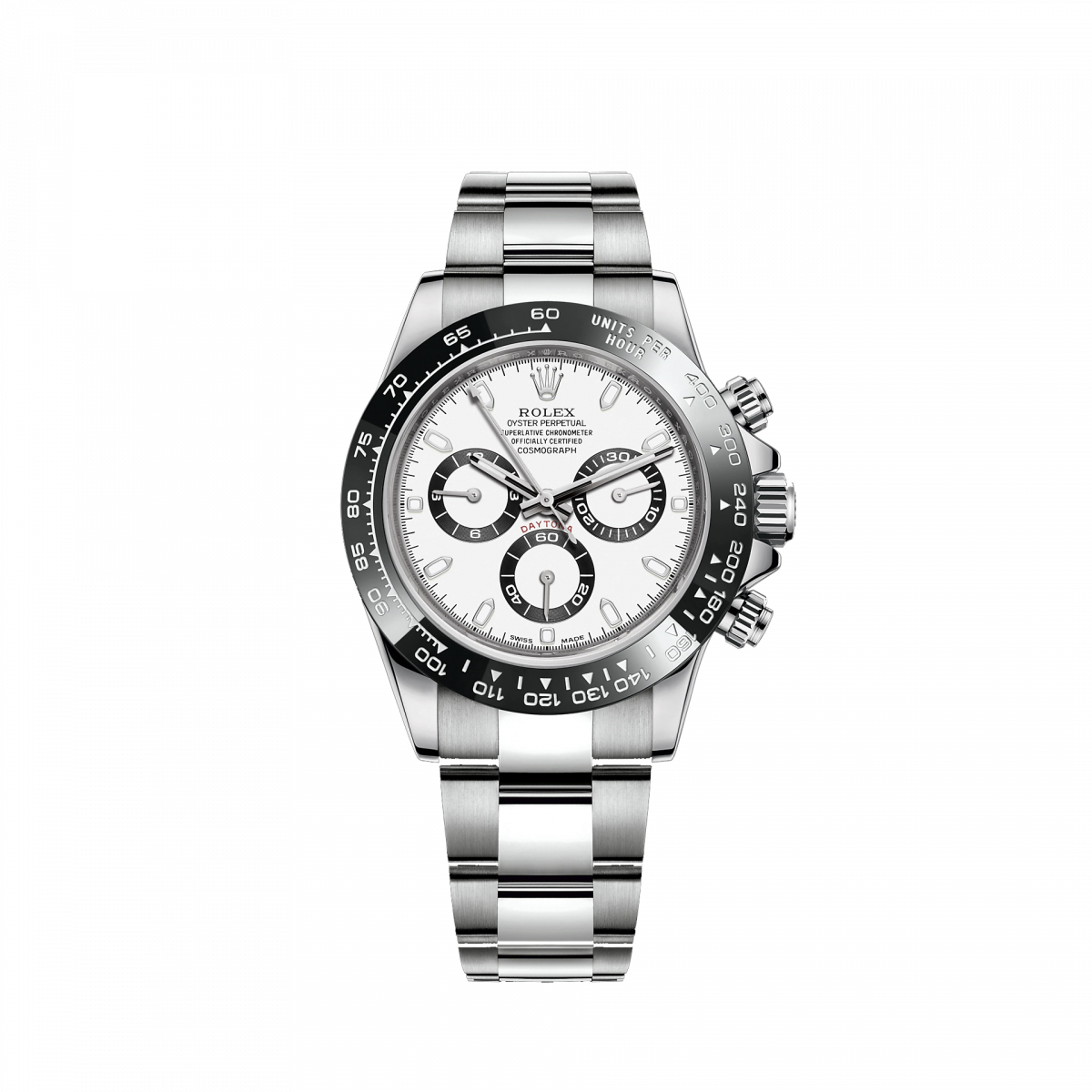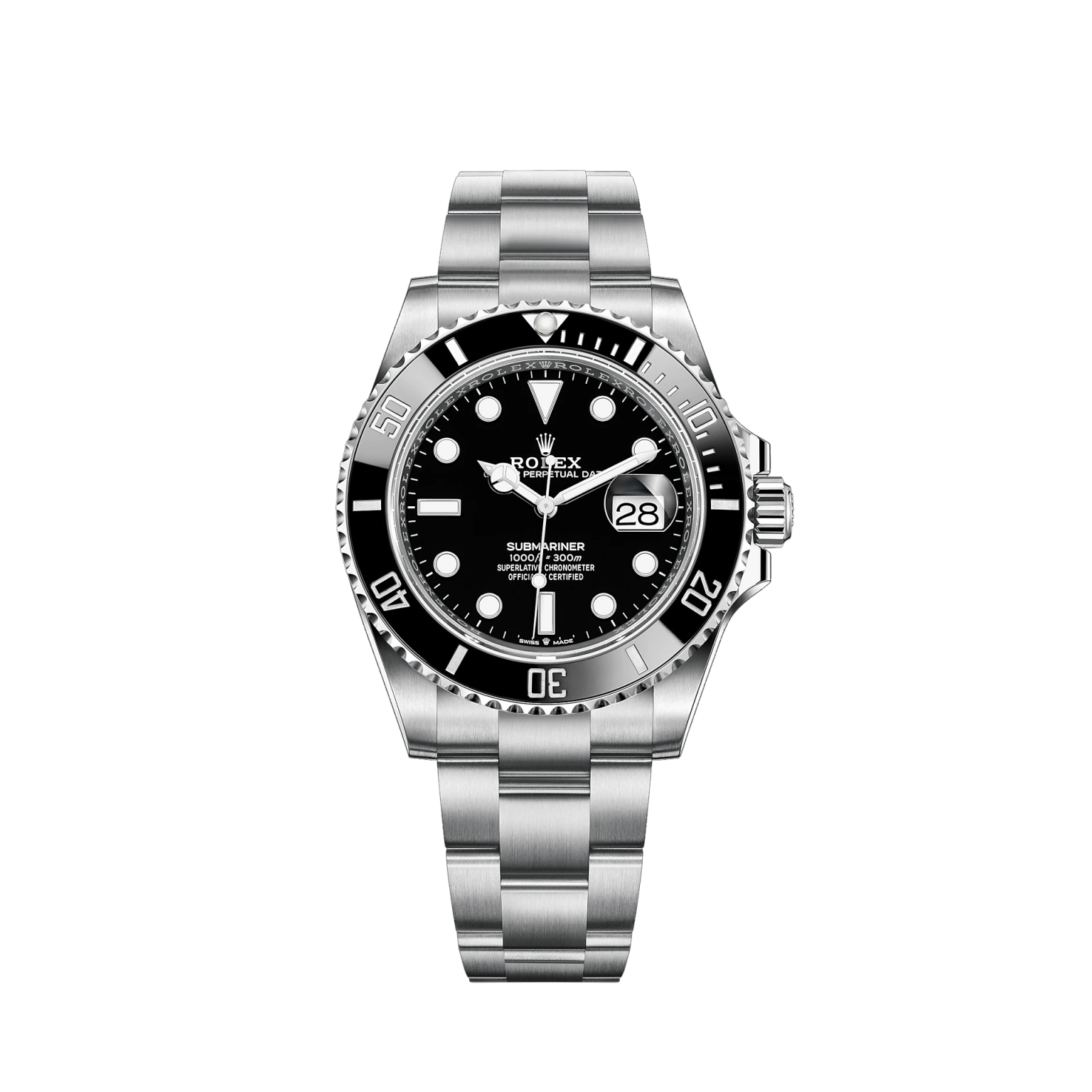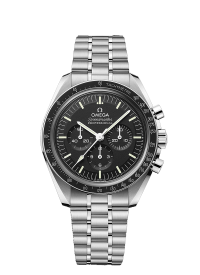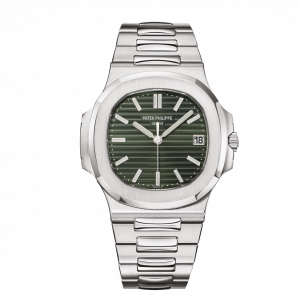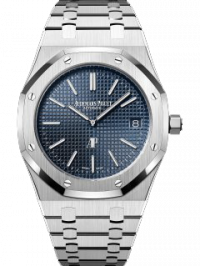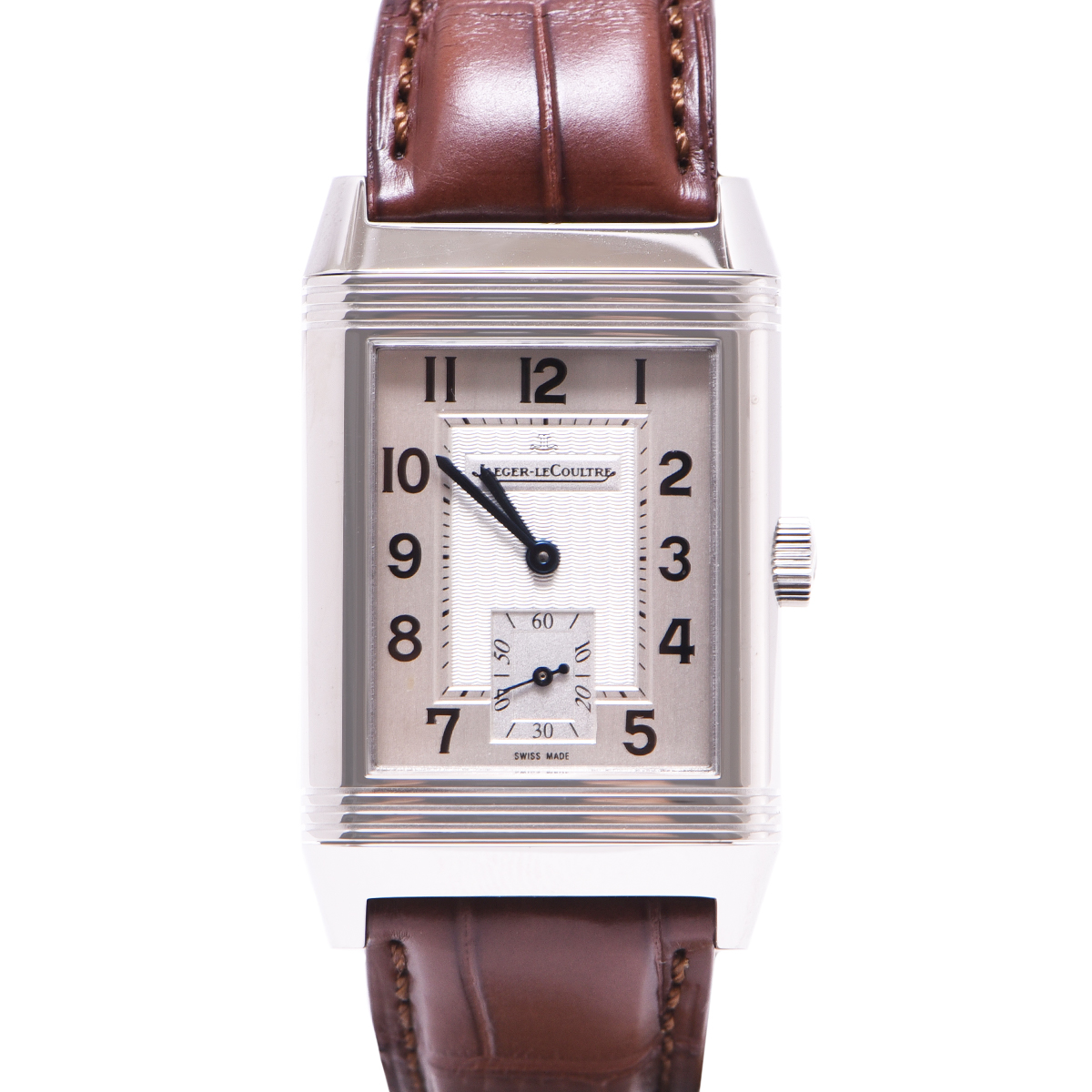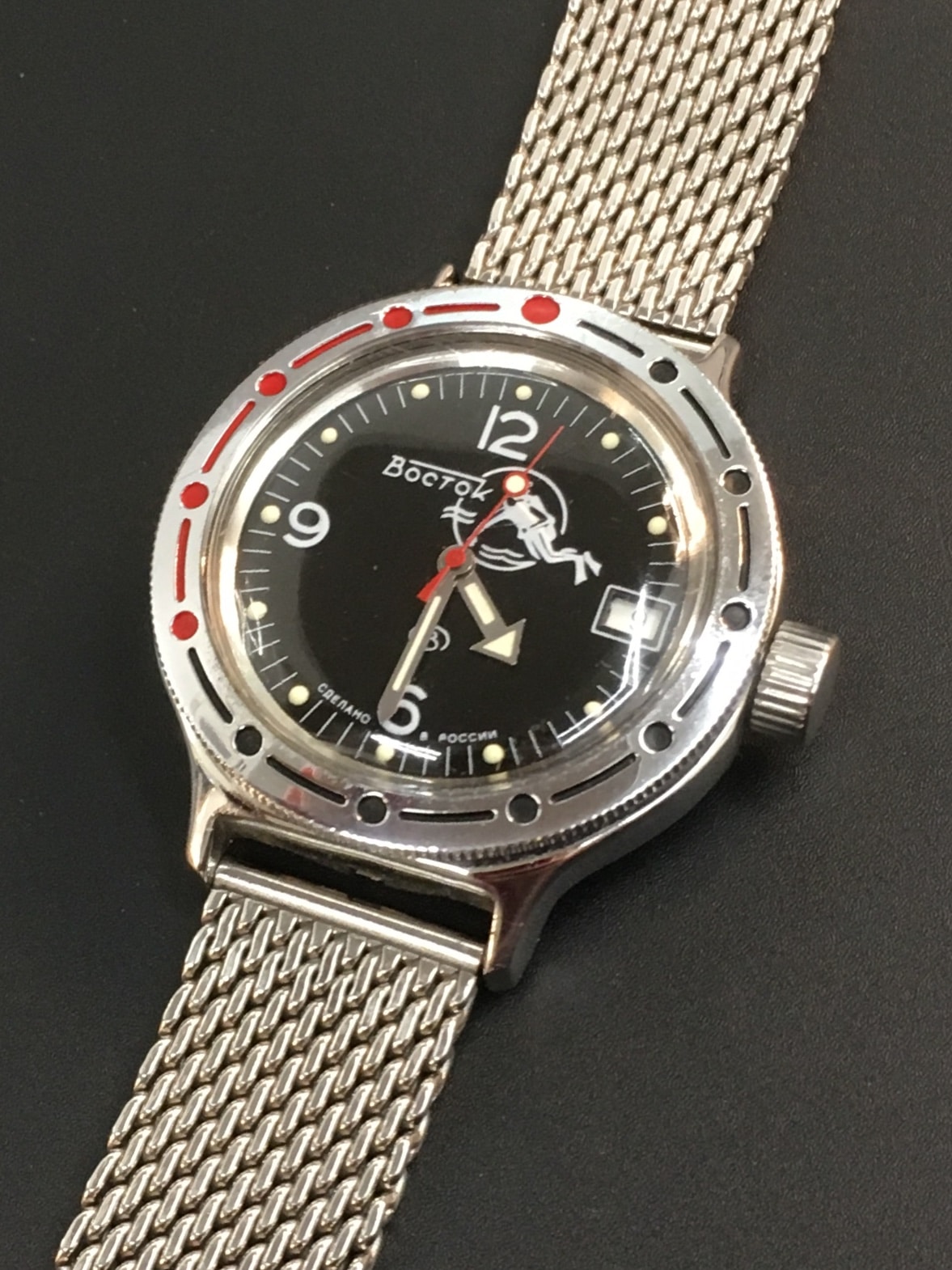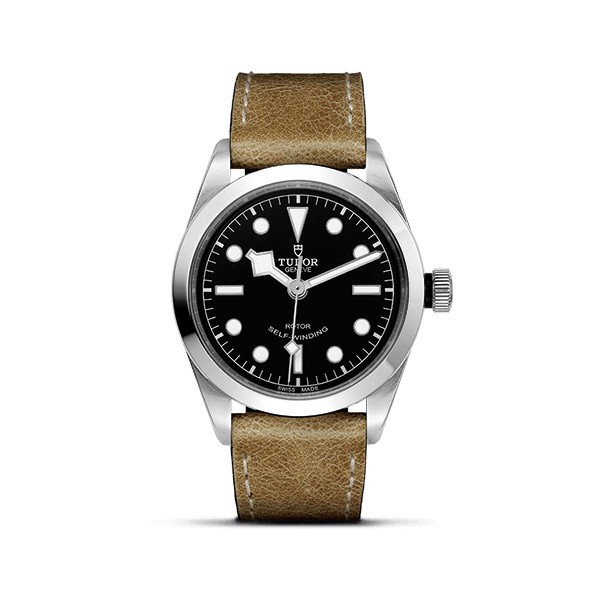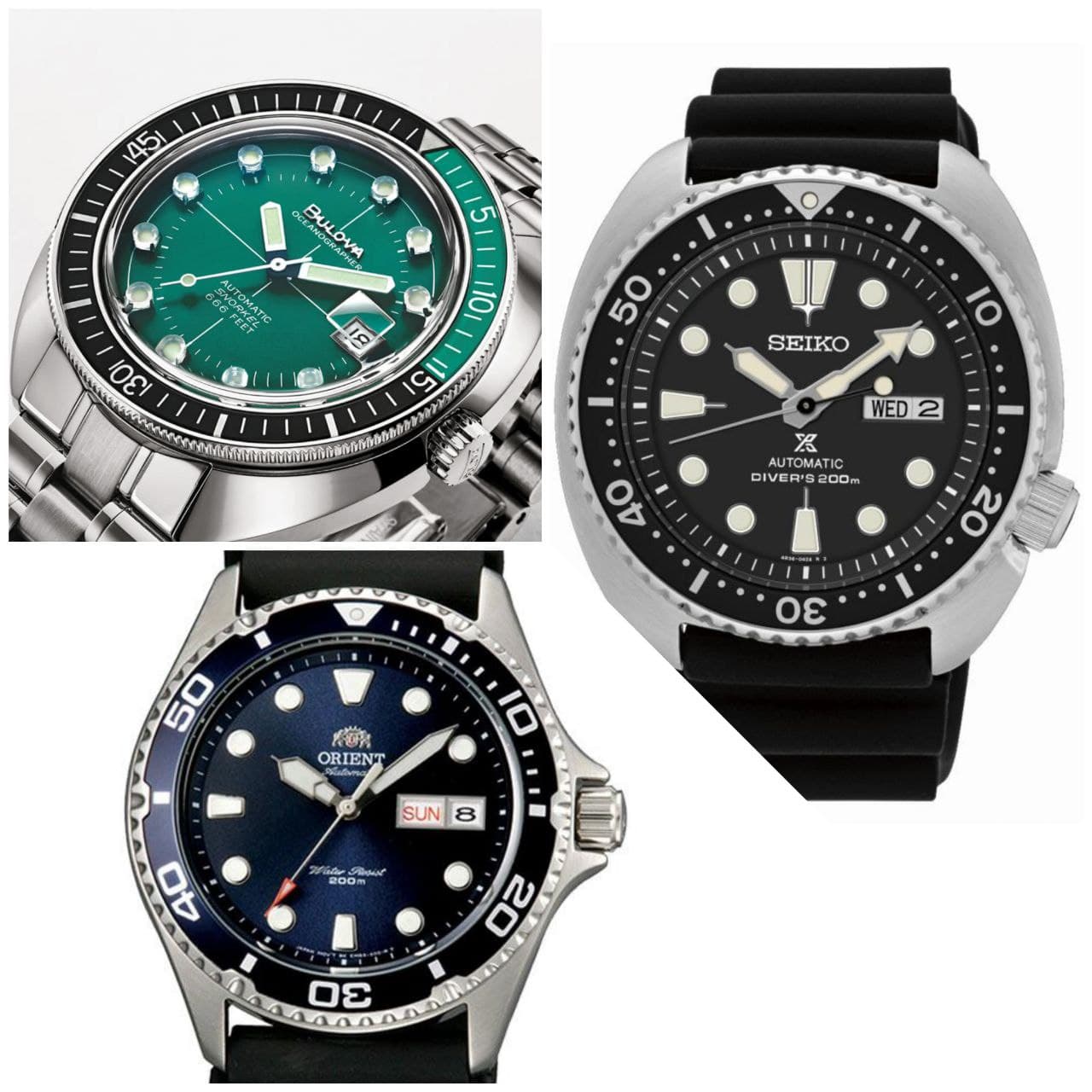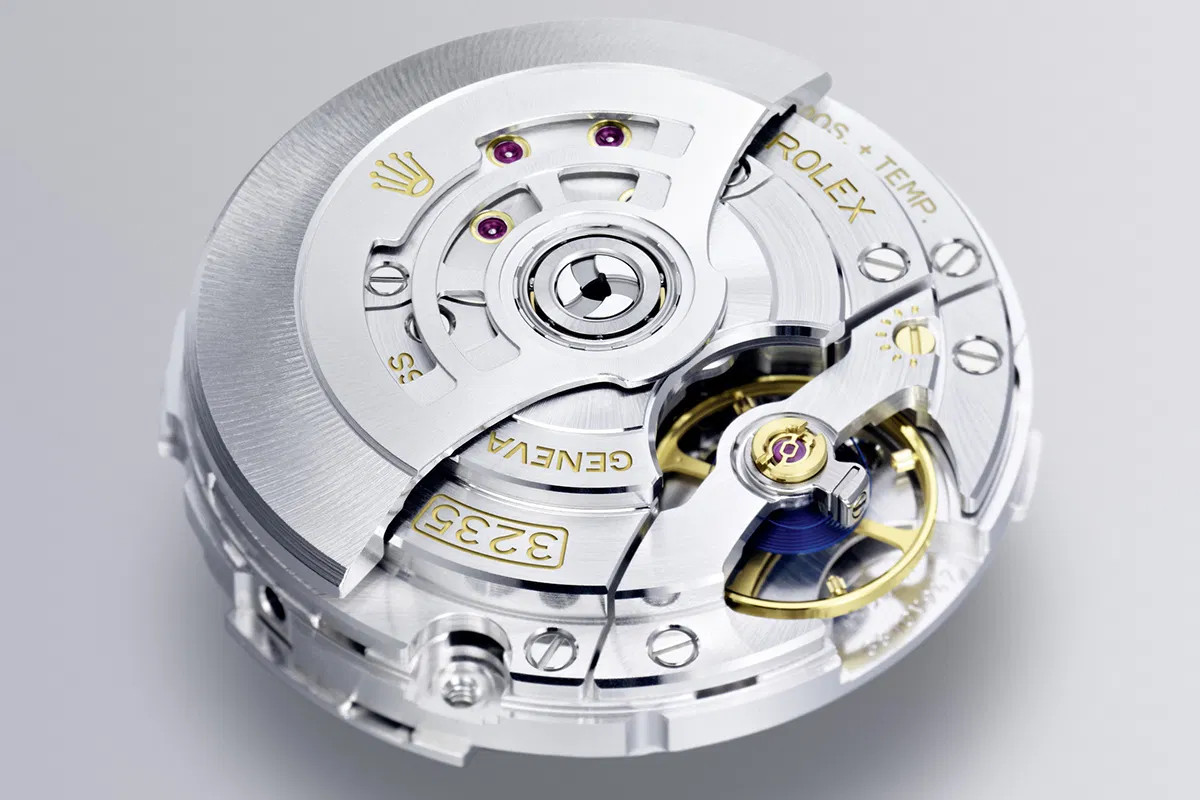Dr. N.
Patek Philippe Calatrava: a story of beauty
Il Patek Philippe Calatrava it is one of the most beautiful watches that have ever been made. It represents perhaps the most successful interpretation of the concept of an elegant luxury watch. After nearly ninety years, its timeless lines remain substantially unchanged, and it continues to reap acclaim all over the world. In this article we will find out how the Calatrava was born, and how it came down to us.
The birth of an icon
Il Patek Philippe Calatrava was born in 1932. It is a year of great changes for the most prestigious watchmaking company in the world: its company shares have just been taken over by a family of dial suppliers, the Sterns, who have been collaborating with Patek Philippe for some time. As absurd as it may seem today, Patek, Philippe & Cie - as the company is known at the time - was on the verge of bankruptcy in the early 29s. The crisis of 'XNUMX did not spare her, and the new owners must find ways to revitalize sales. Then the British designer David Penney comes into play. He was commissioned to create a timepiece in step with the times, which awakens the attention of enthusiasts and of those who had never thought of buying a refined Patek Philippe until then. However, the watch must live up to the Manufacture's tradition of quality and elegance.
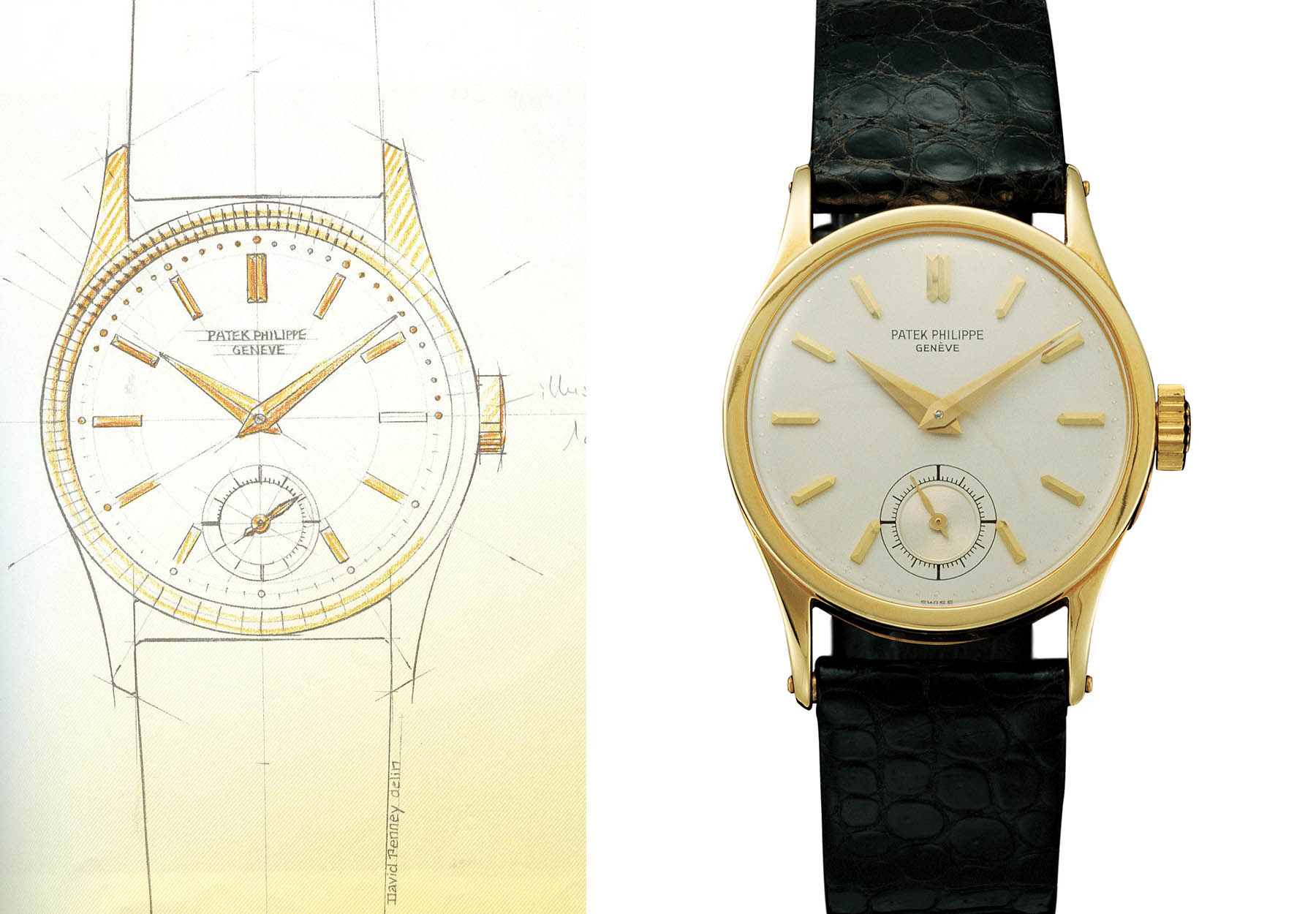
The lines of the Calatrava are inspired by the stylistic school that was most in vogue at the time, and which had a vast influence on modern industrial design. We are talking about the Bauhaus, born in Germany, which is based on the principle according to which form must follow function. So here is a watch with a round case, because the movement housed in the case is also round. The function of the watch is to show the time: therefore pointed hands and indexes applied in relief on the dial, which ensure elegance and maximum legibility. The watch must fit on the wrist: and then lugs are introduced which, instead of being simple supports welded to the case. I am integrated at the case and tapering down to wrap around the wrist, guaranteeing the Calatrava an exceptional fit.
Many of the features of the Calatrava are then taken up by the rest of the watch industry, so much so that today it is rare to find a wristwatch with lugs applied to the case rather than integrated: yet, when the Calatrava was born, the integrated lugs were the exception ...
The success
The Thirties are an era in which the wristwatch is still a novelty. Introduced to the general public in the trenches of the First World War, it is then used by aviators and pilots, who need a more practical way to detect the passage of time than pulling a pocket watch out of a waistcoat. The Calatrava is the right watch at the right time. Elegant, refined, legible and clean in its lines, it was so appreciated by the public that the original model, the reference 96, remained in production for forty years. The company is safe, and can continue to fascinate enthusiasts and collectors from all over the world.
The first Calatrava is produced with cases in various metals: even in steel. It may seem strange for a luxury watch from the XNUMXs, but the idea around which the Calatrava was born is that it must be a watch suitable for all circumstances: the steel case is used to give greater strength, for uses in where this is necessary. Ironically, these "popular" models are, thanks to their rarity, the most sought after by collectors ...
The Calatrava today
If the original version of the Patek Philippe Calatrava it has a flaw, it is the small size of the case: only 31 millimeters. Even by the standards of the time, it was remarkably compact. Patek Philippe almost immediately presents a variant, the ref. 570, which retains the lines of the Calatrava, but with a diameter increased to 35,5 mm: it is highly appreciated.
A fundamental innovation arrived in 1953, with the reference 2526: it was a Calatrava that had the honor of being the first self-winding Patek Philippe. It is an exceptional watch for the time: in a diameter of 36 mm it manages to contain an innovative automatic movement with very high precision - then we are talking about one second a day -. It also introduces a smoother bezel, different from the flat one of the original model.
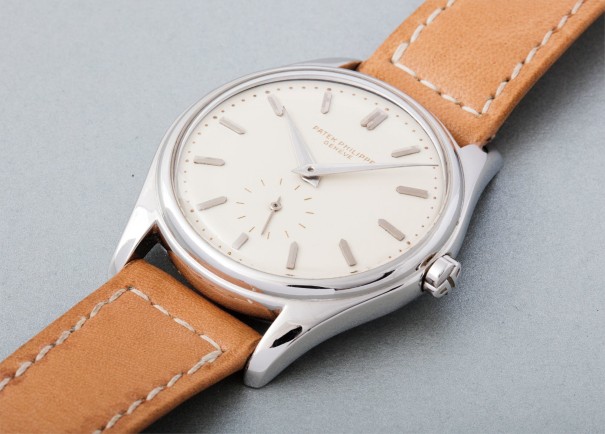
In 1973, a completely different Calatrava model was introduced, with straighter lugs and a "Clous de Paris" guilloche bezel. This innovation is also appreciated, so much so that the descendants of this model are still in production.
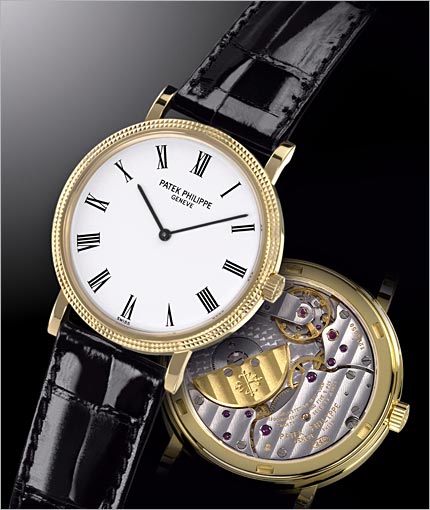
Today, the Calatrava legacy is carried forward by numerous models, with and without date, with smooth or “Clous de Paris” worked bezel, in yellow, pink and white gold. However, they all have in common the attention to detail and the elegance of Patek Philippe.
We conclude with a little curiosity: the name "Calatrava" comes from the Knights of Calatrava. They are a medieval knightly order, which in the twelfth century defended the fortress of the same name in Spain from the attack of the Moors. Their symbol is the Calatrava Cross, which Patek Philippe has chosen to associate with its brand since the second half of the nineteenth century: the fact that, in 1932, just such a name was chosen for the maison's new watch. importance for the company, makes us understand how much this model can be considered as the heart of Patek production.
Contact Dr. N at dr.n@chronosect.com


